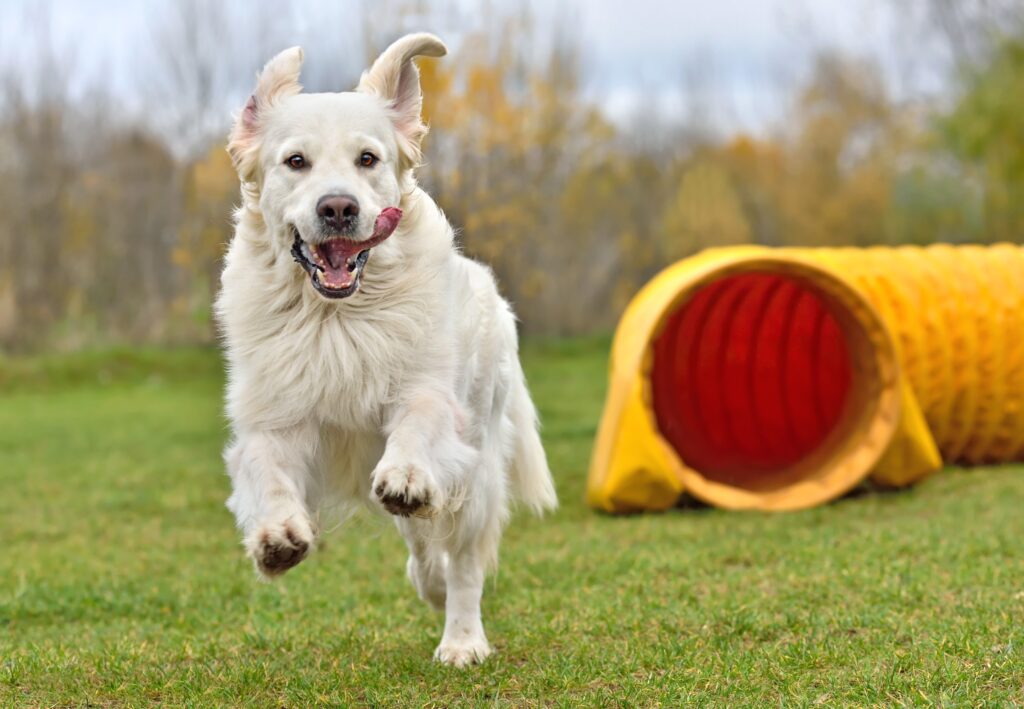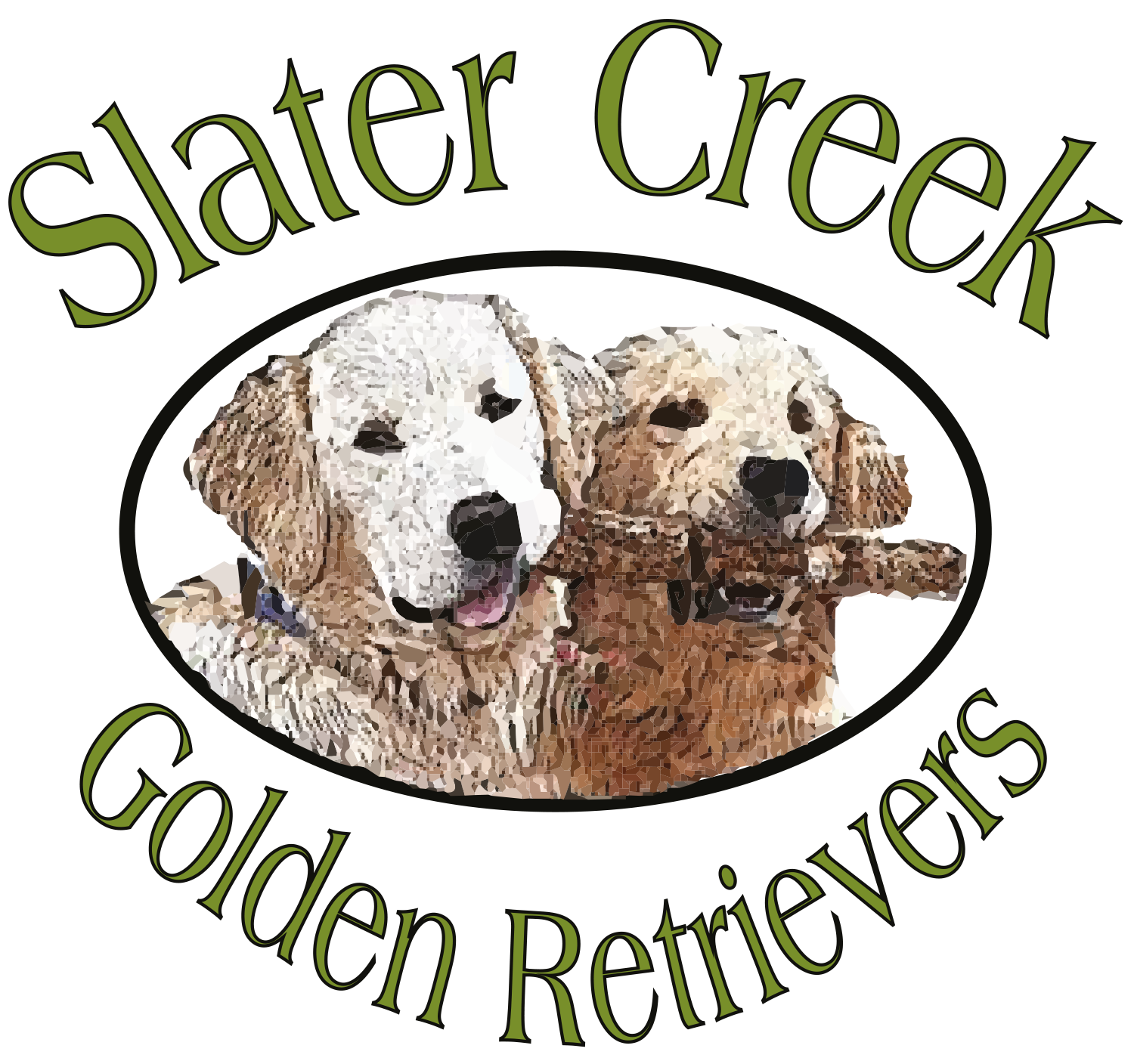Potty training a dog is one of the biggest challenges that owners face. Whether you have just brought home an 8-week old puppy or have adopted an adult dog, it can be overwhelming and confusing trying to figure out how to train your pup successfully. From picking the right reward system for your pup’s needs, to understanding their body language, potty training your pooch can seem daunting. However, with a bit of patience and consistency from you, your canine companion will soon know they are only allowed to pee and poo in designated areas, which makes both their lives easier. This article provides helpful guidance on taking care of business when it comes to sorting out toilet habits in puppies or older dogs.
- Have an Area Designated for Potty Time with the Same Commands and Routine
The key to success is developing an area designated for potty time with the same commands and routine every day. Start by setting up a small space inside or outside of the house dedicated to your pup’s potty trips. Use one phrase such as “Go potty” when you bring them there and then praise them with a treat if they go as expected. This will help them understand what behavior is desired from you. The consistency in command and reward each time there are successful trips will help reinforce positive potty behaviors quickly and efficiently, leading to cleaner floors for everyone.

Golden Retriever dogs like to learn, so training them is fun!
- Provide Positive Reinforcement with Treats and Praise
Adopting a positive-reinforcement based method is extremely effective and can help establish a loving bond between you and your canine companion. Make sure to have plenty of delicious treats on hand, and then reinforce good behaviors by offering rewards when potty training success is achieved. Be sure to praise your pup enthusiastically as they understand the words and the excitement it brings, even if you do not think they know what you are actually saying. Provide consistency during your training sessions, reward successful outcomes, and never get angry at your dog’s mistakes as this can leave negative associations in their minds. With love, patience and some patience persistence, you will soon have a fully trained pup thrilled with the joys of being paper free.
- Take The Dog Out on a Regular Schedule
Potty training a puppy or adult dog can be done by taking the dog out on a regular schedule. The most important thing to remember is to stick with the established routine. Start by confining your pup or dog in an area such as a crate, room, or pen where they will have fewer opportunities for accidents. Every couple of hours, take them outside and wait until they go potty before coming back indoors. Provide positive reinforcement right after they have gone and offer rewards like treats, playtime, and lots of praise as motivation. This way, your pup or adult dog will begin to recognize that when taken outside means it is time.
- In Case of Accidents, Stay Calm and Avoid Punishing
It takes patience, consistency and commitment to ensure your pet learns the proper habits you expect from it. Attaining success requires remaining calm even in case of messes and avoiding punishment for any accidents that may occur; this will only impede the process as it just adds to confusion and fear. Instead, make sure to reward positive behavior, such as when your pup goes outside or uses the proper area to do their business, with tasty treats or toys. You should also be sure to take them on regular walks or provide other chances for exercise, which helps with digestion while they are on their way toward being house-trained.
- Remember Every Dog Learns At Their Own Rate
Potty training a puppy or an adult dog is a daunting task for any new pet parent, but the key is to remember that each dog learns at their own rate. Taking the time to understand your pup’s individual responses to different techniques and methods of potty training, as well as rewarding positive steps towards better bathroom hygiene can result in success much faster.
Potty training a puppy or adult dog is no easy task. It is important to be as consistent and patient as possible when transitioning your pup from peeing and pooping inside to doing his business outside. Be sure to take many walks, provide rewards in the form of treats and praise, practice a clear schedule of when you will feed, have outdoor breaks, and finally never punish your pup for accidents because it will only set the training process back.
